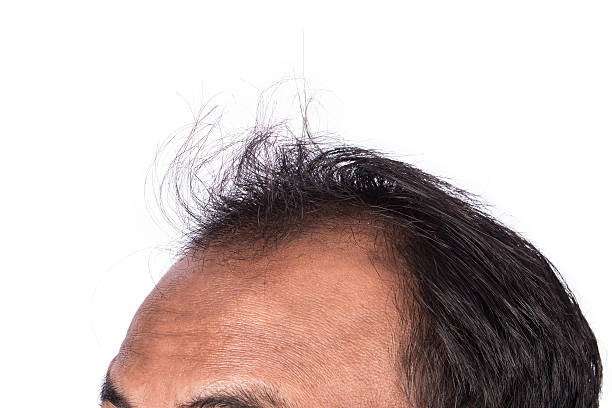
Table of Contents
Your hairline is more important than you think. It frames your face and affects how your hairstyles look. Both men and women can benefit from knowing their hairline type. Women often want hairlines that highlight elegance and femininity, while men tend to prefer sharp or natural lines. You can take the first step to finding your perfect style by understanding your hairline. This guide will show you how to identify and style your hairline. You will also learn how to keep your hairline healthy and strong.
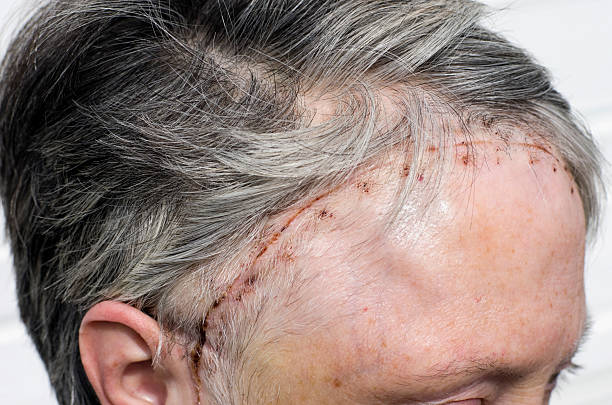
Table of Contents
A hairline is the border where your forehead meets your scalp. It comes in different shapes and sizes. Genes usually decide the type of hairline you have. Age and health can also change over time.
Women often focus on softening their hairline to match their features. Men usually prefer to define their hairline for a neat look. Knowing your hairline type helps you choose styles that fit you best.
Hairlines can change as you grow older. Stress and damage from bad hair care can also affect how it looks. You can protect your hairline by taking care of it properly.

A straight hairline is flat and even across the forehead. Women with this hairline often look youthful and symmetrical. This type works well with sleek and polished hairstyles.
High ponytails and straight bangs can highlight this hairline. Straight blowouts also enhance its clean look. These styles create a neat frame for your face.
Brush your hair regularly and use mild products. Avoid tight hairstyles or harsh treatments that could damage the edges.
A rounded hairline has a soft curve that frames the forehead. This type works well with most face shapes. Women with rounded hairlines often look gentle and balanced.
Side-swept bangs and soft waves are great choices for this hairline. These styles add flow and softness to your look. Layers can also enhance the natural curve.
Use products designed for hydration and avoid pulling on the edges. A gentle approach keeps your hairline looking smooth and healthy.
A widow’s peak forms a V-shape in the center of the forehead. Women with this hairline often look unique and bold. This type can become the highlight of your overall style.
Side parts and loose waves can emphasize this feature. These styles draw attention to the peak without making it look harsh. Long bangs or layers can soften its sharpness if needed.
Trim the hair around the peak often to keep it tidy. Focus on maintaining a healthy scalp for a polished look.
A receding hairline happens when the hair near the temples thins out. Women with this hairline might notice it more as they age. This type can still be styled in ways that add confidence.
Layered cuts and bangs help cover thinning areas. Scarves or headbands can also create a stylish look. These options shift focus away from the temples.
Apply oils or treatments that promote healthy growth. Reduce exposure to heat or tension to avoid further hair loss.
An uneven hairline looks irregular or asymmetrical. This type allows for creative styles. Women with this hairline can explore unique looks.
Asymmetrical cuts or textured hairstyles balance this hairline. Side parts create a smooth and flowing appearance. Volume at the crown can also hide irregular edges.
Avoid tight ponytails that stress the edges. Use quality products to keep your hairline healthy.
Women have many styling options to suit their hairline type. Straight hairlines pair well with sleek buns or ponytails. Rounded hairlines match soft waves or loose curls.
Widow’s peaks stand out with side parts or layers. Women with receding edges can try layered bangs or accessories. Uneven hairlines allow for textured and voluminous styles.
Focus on simple care routines to maintain your hairline. Use mild products and schedule regular trims.
A straight hairline is flat and even across the forehead. Men with this hairline look professional and clean. This type is common and works well with classic styles.
Crew cuts and slicked-back styles suit this hairline. Fades also highlight its sharpness. These options create a polished look for any occasion. Trim regularly and use light hair products. Avoid buildup that could make the hairline look less neat.
A rounded hairline curves gently at the edges. Men with this hairline look approachable and stylish. This type blends naturally with casual hairstyles.
Messy waves and short crops work well for rounded hairlines. These styles add texture without looking forced. A rounded hairline balances sharp facial features. Keep the hair hydrated and brush it gently. Use mild products to enhance its natural shape.
A widow’s peak forms a V-shape at the center of the forehead. Men with this hairline often look bold and confident. This type suits both modern and classic styles.
Side parts or slicked-back looks enhance this feature. Fades and textured tops also draw attention to the peak. These styles highlight the hairline’s unique features.
Trim regularly and groom properly to maintain definition. A healthy scalp keeps the peak looking sharp.
A receding hairline happens when hair thins near the temples. Men with this hairline might worry about styling options. However, it is easy to find styles that work well.
Buzz cuts and textured crops suit this hairline. Shaved looks are also a good choice. These styles create balance and confidence.
Use nourishing treatments and light oils. Avoid hairstyles that put extra stress on the edges.
An uneven hairline looks asymmetrical or jagged. Men with this hairline can embrace its uniqueness. It allows for creative and bold styling.
Textured tops or side parts smooth out irregular edges. Layered cuts balance the overall appearance. These styles create a cohesive look. Brush gently and use quality scalp products. Regular care helps the hairline stay manageable.
Men can choose styles based on their hairline type. Straight hairline suit fades or slicked-back looks. Rounded hairlines work well with layered or relaxed styles.
Widow’s peaks shine with sharp fades or textured tops. Receding edges fit buzz cuts or shaved styles. Uneven hairlines allow for bold and unique looks.
Use good-quality products to enhance these styles. Regular grooming keeps the hairline neat and stylish.
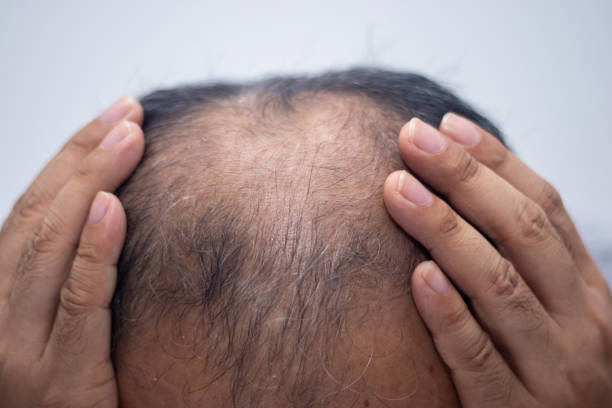

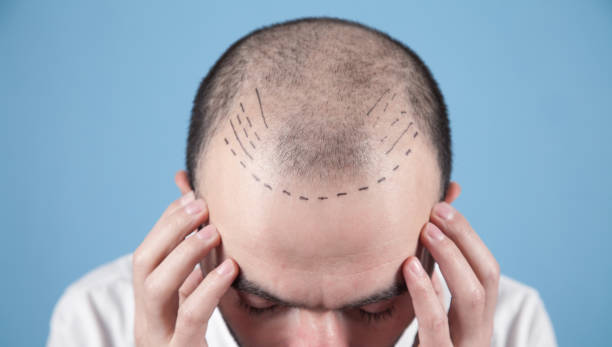
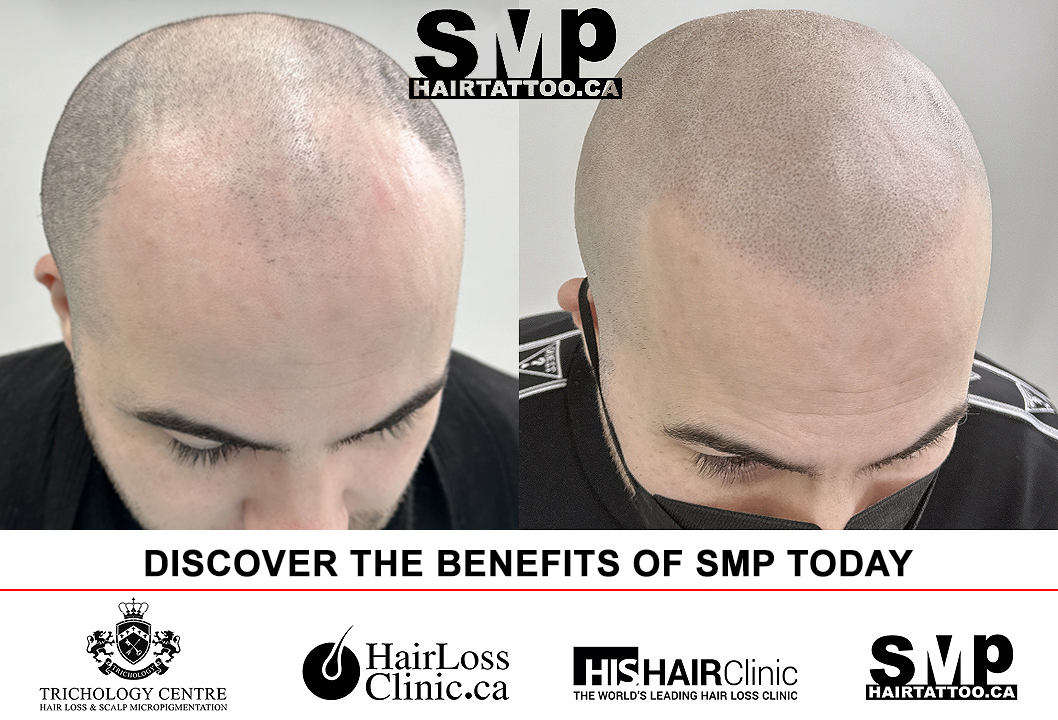
Your hairline is part of what makes you unique. You can choose styles that suit you by learning more about them. Proper care also helps keep it strong.
Simple routines can improve how your hairline looks. You can boost confidence by trying new styles. Healthy habits today lead to great results in the future. If you’re looking for an innovative way to redefine your hairline, you should visit Hair Tattoo today!
At our clinic, we specialize in scalp micro pigmentation, a non-invasive solution designed to enhance the appearance of your hairline. We focus on creating natural, personalized results that boost your confidence and give you the hairline you deserve.
A hairline is the line where hair starts growing on the scalp, usually at the forehead or temples. Can a receding hairline be reversed? It depends on the cause of the receding hairline. While some cases may be reversible through treatments like medication or hair transplant, others may be permanent.
The primary factor responsible for a receding hairline is androgenetic alopecia, commonly referred to as male or female pattern baldness. Factors like hormonal changes, genetics, and certain medical conditions can also contribute to a receding hairline.
While there is no guaranteed natural remedy, some people try methods like massaging the scalp with essential oils, maintaining a healthy diet, reducing stress, and avoiding tight hairstyles that can cause tension in the hairline.
Certain hairstyles like ponytails, tight braids, or hair extensions can exert tension on the hairline, leading to hair loss or a receding hairline over time.
A hairline tattoo, also known as scalp micropigmentation, is a non-surgical cosmetic procedure where tiny dots of pigment are tattooed onto the scalp to replicate the appearance of a natural hairline.
Individuals experiencing hair loss or a receding hairline primarily seek hairline tattoos to achieve the appearance of a fuller head of hair. It can also help people with scars, birthmarks, or thinning hair due to medical conditions.
The longevity of a hairline tattoo can vary depending on factors like skin type, lifestyle, and exposure to the sun. On average, it can last for many years before requiring touch-ups.
The pain level associated with a hairline tattoo is generally mild. Some people may experience slight discomfort, but it is often manageable. Numbing creams or local anesthesia can be used to minimize any potential discomfort.
While hairline tattoos are generally safe, some potential risks include allergic reactions, infections, or dissatisfaction with the results. Selecting a trustworthy and skilled expert is crucial to mitigate such risks.


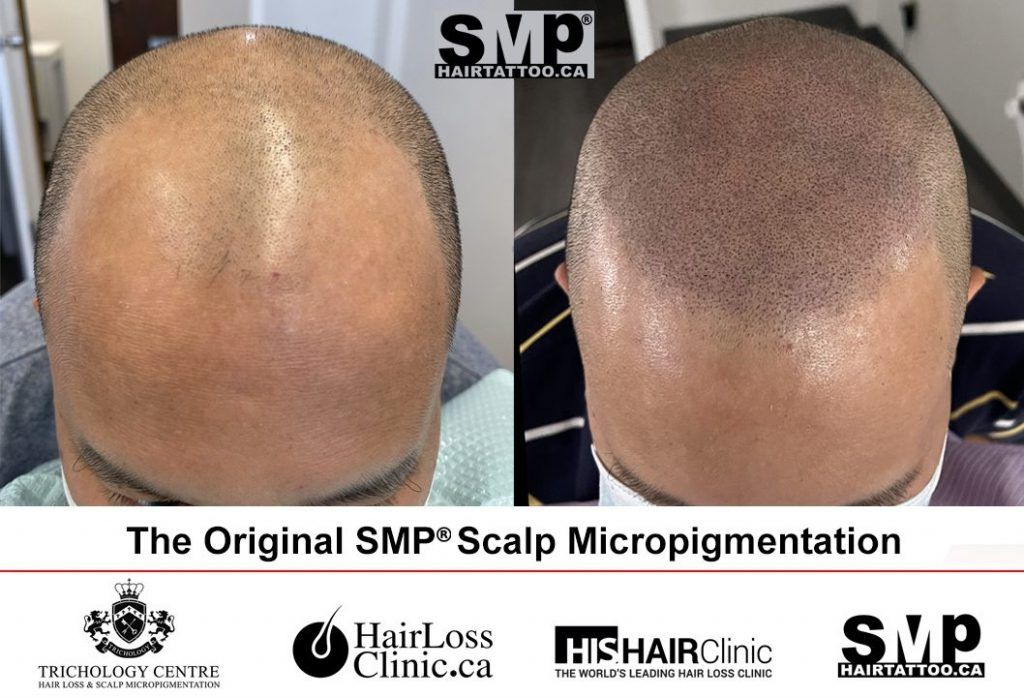
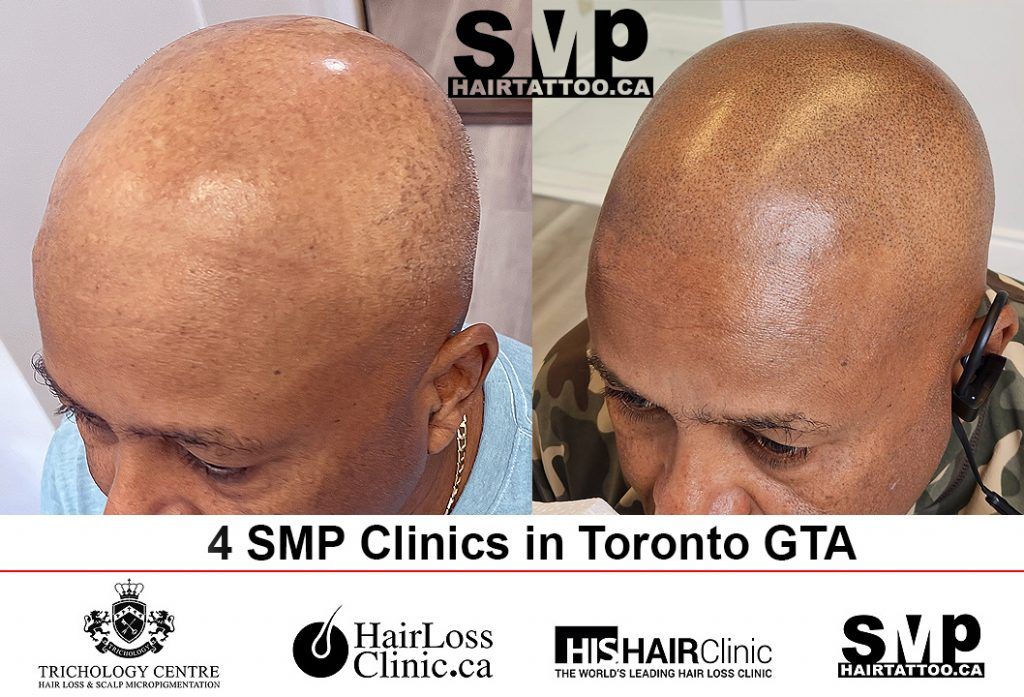
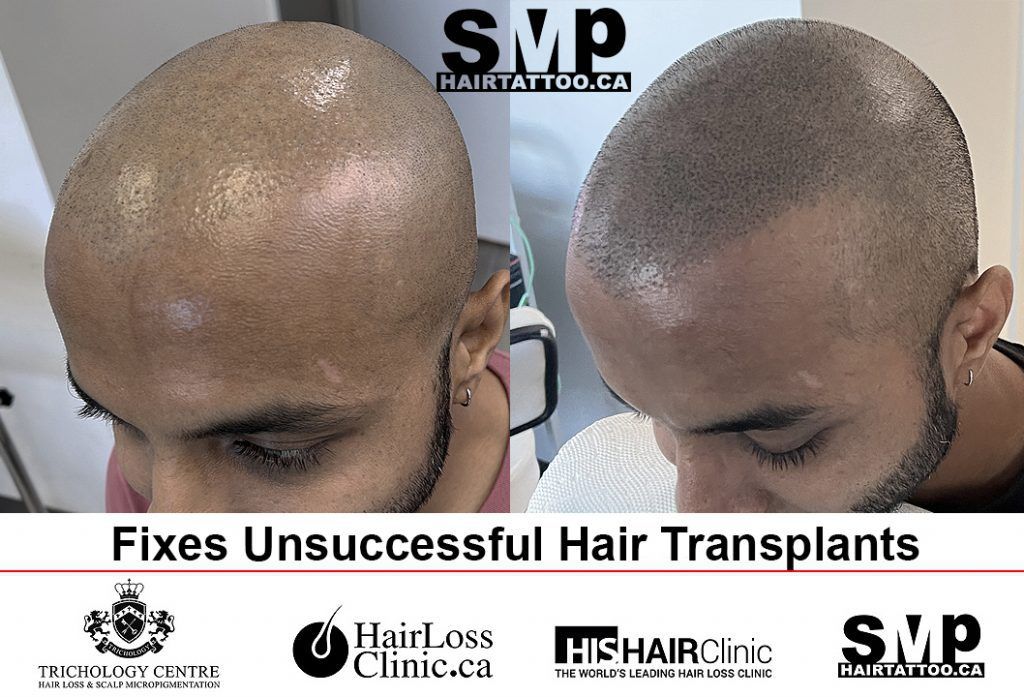
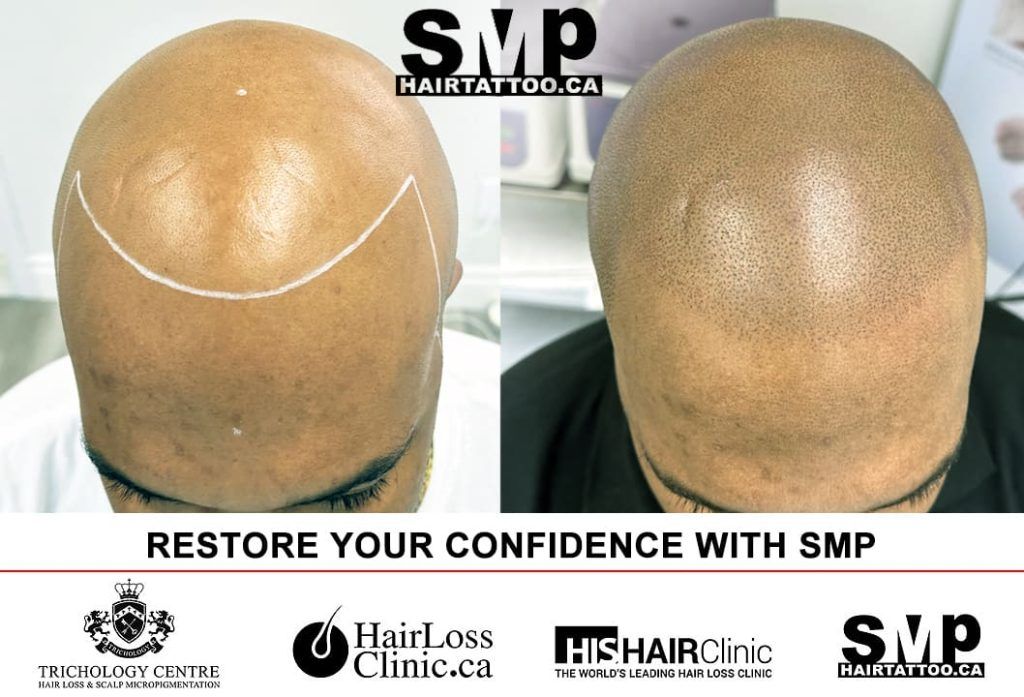

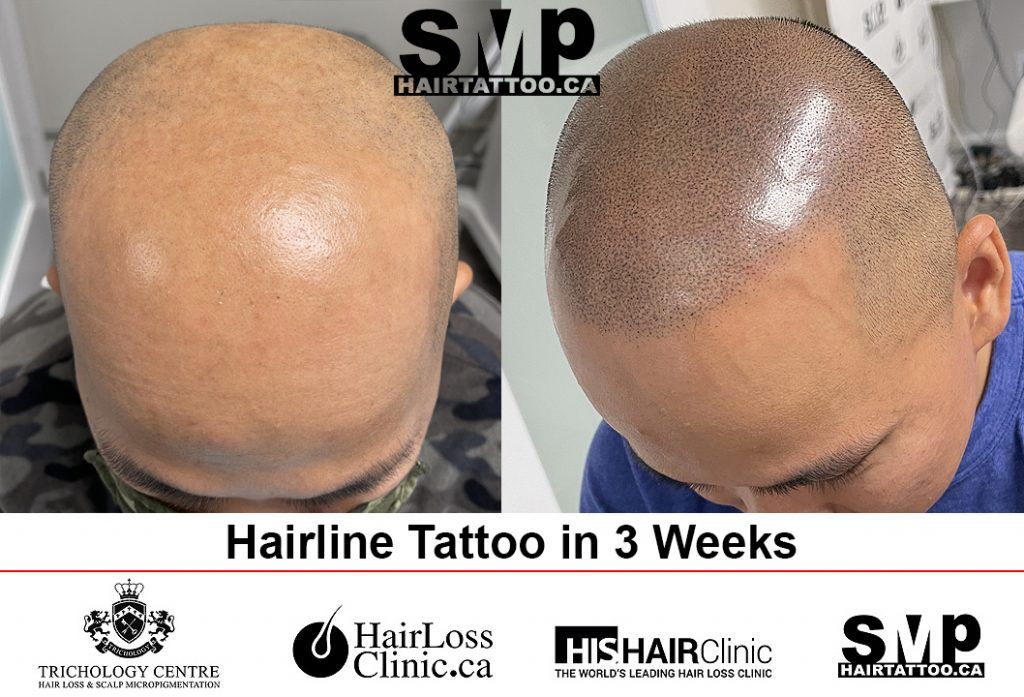
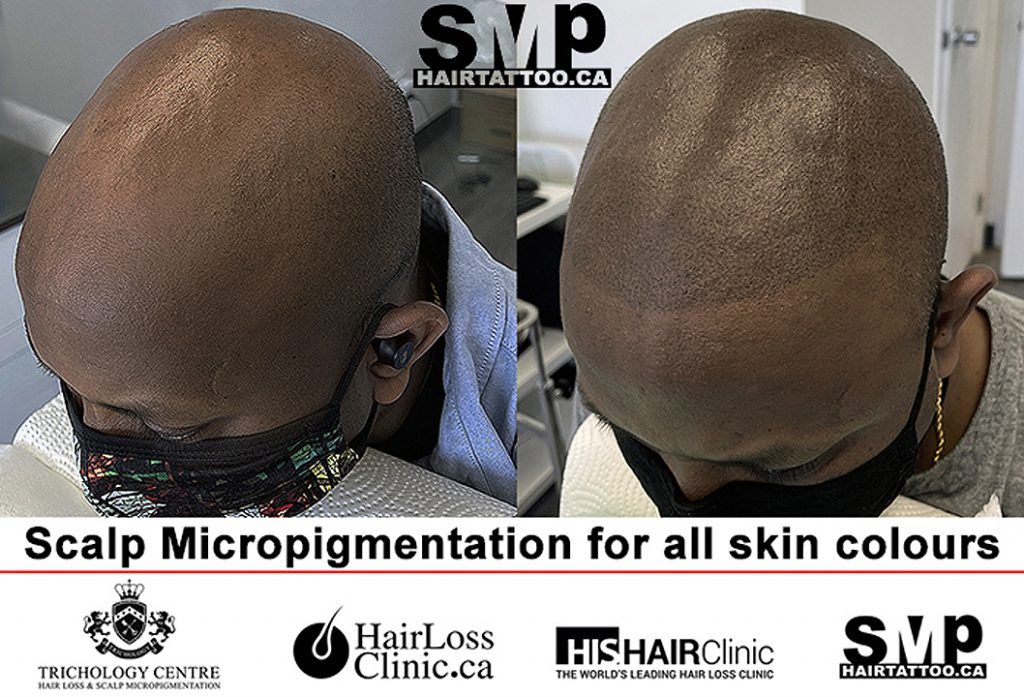
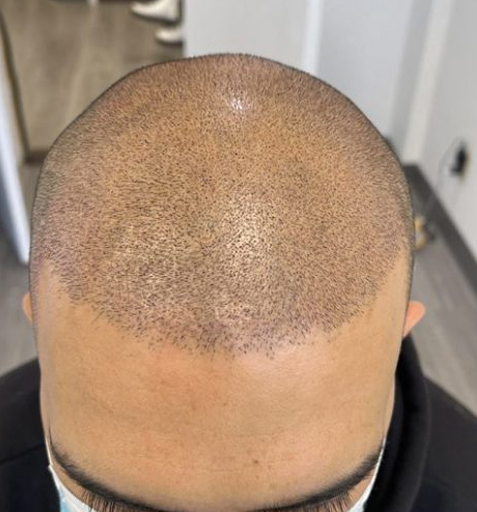

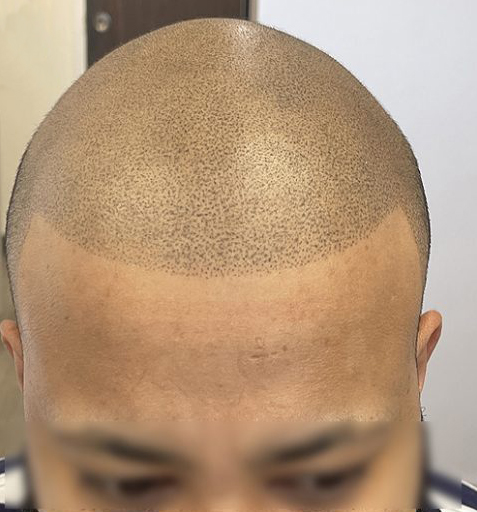



© 2024 HAIRTATTOO.CA | Scalp Micropigmentation & Trichology Centre
